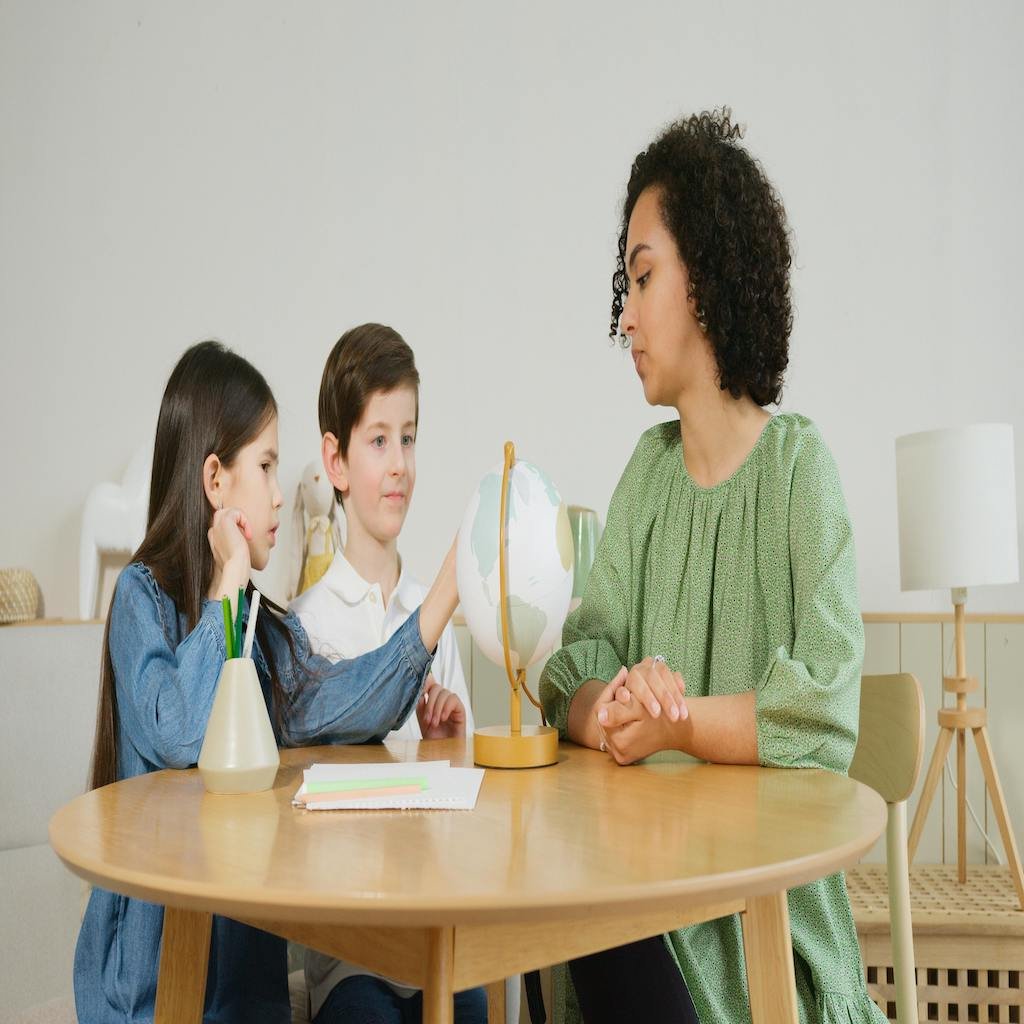
🏡 5 Ways to Organize Your Homeschool Day
Discover 5 simple and effective ways to organize your homeschool day. Discover how to establish routines, create schedules, set up learning environments, and maintain a stress-free and productive homeschool.
Homeschooling offers the gift of flexibility, but it also presents the challenge of striking a balance between structure and freedom. The key to a successful homeschool experience is organization. A well-planned day reduces stress for parents and keeps kids focused, motivated, and on track.
Here are five practical homeschool organization strategies to make learning more enjoyable for the whole family:
1️⃣ Create a Morning Routine
Just like in traditional school, starting the day with consistency sets the tone. Your homeschool morning routine might include:
Breakfast together as a family
A short walk, prayer, or meditation
Reviewing the day’s goals
👉 Tip: Keep mornings simple and predictable—children thrive on routine.
2️⃣ Use a Flexible Daily Schedule
Instead of scheduling every minute, build a time-blocked homeschool schedule. For example:
9:00–10:00 AM – Math
10:15–11:15 AM – Language Arts
11:30–12:00 PM – Science Experiment
1:00–2:00 PM – History & Social Studies
2:00–3:00 PM – Creative Projects / Outdoor Play
👉 Tip: Allow wiggle room—if a science experiment runs long, that’s okay! The goal is flow, not rigidity.
3️⃣ Set Up a Dedicated Learning Space
Your environment impacts focus. Whether it’s a full homeschool room, a desk in the living room, or even the kitchen table:
Keep supplies handy (pencils, paper, calculators).
Use storage bins or shelves for subject materials.
Make it inviting but clutter-free.
👉 Tip: Let your child personalize their space with posters, charts, or motivational quotes.
4️⃣ Mix Independent & Family Learning
Some subjects are perfect for independent work (like math drills or reading), while others shine with group learning (like history discussions or art projects). Balance both by:
Assigning solo tasks while you prep meals or work.
Scheduling family “learning circles” for shared subjects.
👉 Tip: Rotate between children if you’re homeschooling multiple grade levels.
5️⃣ End the Day with Reflection
Just like you began the day with routine, end with homeschool reflection time.
Ask: “What did you enjoy learning today?”
Review progress charts or checklists.
Celebrate wins, no matter how small.
👉 Tip: End on a positive note—kids remember how the day feels.

✨ Final Thoughts
Organizing your homeschool day doesn’t mean running a strict classroom. It means creating a rhythm that works for your family, allowing space for both structure and flexibility. By using these five strategies, you’ll build confidence, reduce stress, and make learning a joyful journey.
📌 At The MaeHarold Academy, we’re here to support homeschooling families with resources, tools, and encouragement every step of the way.



